Excavation and Off-Site Disposal
Land contaminated with Japanese Knotweed can prove troublesome to developers and construction firms whose projects may be hindered until the knotweed is dealt with. Homeowners looking to build an extension or have their garden landscaped may require an immediate solution. In some circumstances, time constraints mean that a faster approach of removing knotweed is necessary.
Excavation involves physically removing the Japanese Knotweed and contaminated soil from the site and disposing of the ‘controlled waste’ at a registered landfill. Alternatively, the ‘controlled waste’ can be moved to a quarantined area for on-site treatment.
Typically, excavation works are completed within 1-2 weeks however this is dependent on the scale of the infestation. It can be carried out at any time of the year and is not weather dependent. Excavation must be carried out by knotweed specialists to ensure compliance with legislation and to minimise the risk of spreading via cross-contamination. After successful completion we continue to monitor sites for 2 years to ensure no re-growth occurs.
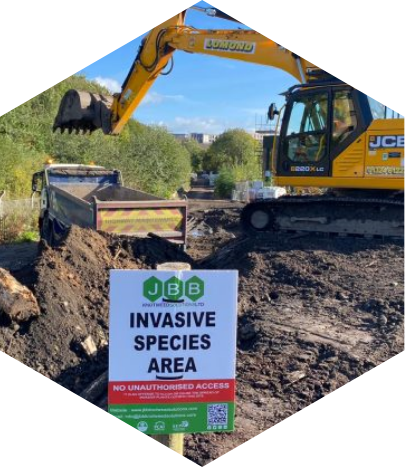
Off-site disposal is the most expensive remedial action but sometimes a necessity when time and space on site are limited. Our skilled operatives follow the rhizome network to avoid unnecessary excavation of clean soil helping to control the quantity of waste produced and lower disposal costs. JBB Knotweed Solutions hold the appropriate waste carriers license for removing the controlled waste from site and follow strict procedures to ensure accidental spreading does not occur during operations.
Excavation costs can be significantly lowered if the Japanese Knotweed and contaminated soil can be treated on-site. Alternatives to off-site disposal include:
- Relocation with herbicide treatment
- On-site screening
- Cell Burial
Japanese Knotweed Services
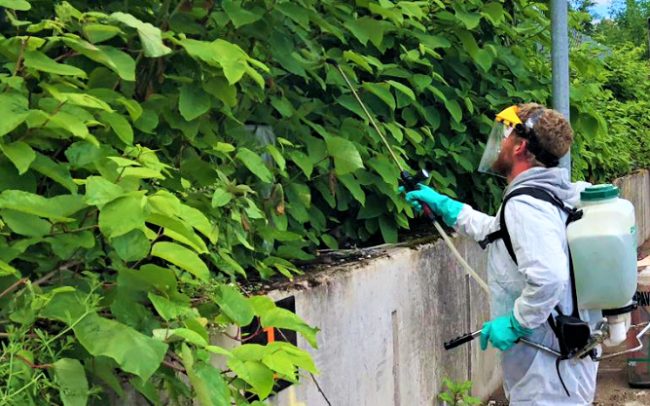
Herbicide Treatment
Herbicide treatment involves the application of herbicide chemicals to the green foliage (leaves) using a backpack or handheld sprayer. It is suitable for both large and small areas, causing minimal disruption and inconvenience. The process of herbicide treatment is gradual and can take between 2-5 years to complete (longer for severe infestations).
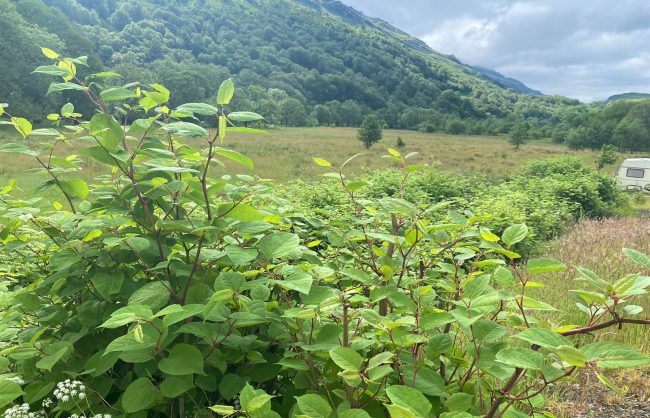
Stem Injection & Leaf Application
Stem Injection provides a targeted treatment using concentrated doses of herbicide which are injected directly into the plant’s stems using specialised equipment. The herbicide is drawn down through the stem and penetrates deep into the rhizomes where it kills the plant. This method of control is particularly advantageous due to its lower environmental impact.
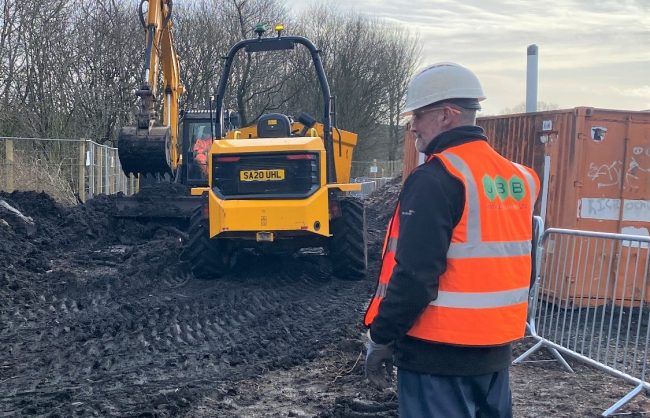
Excavation and On-Site
Treatment
On sites where additional space is available, excavated waste can be stockpiled in a segregated area where its presence will not pose any threat to surrounding structures or be at risk of spreading. A suitable management plan can then be put in place to treat the Japanese Knotweed with herbicide over a period of 2-5 years.
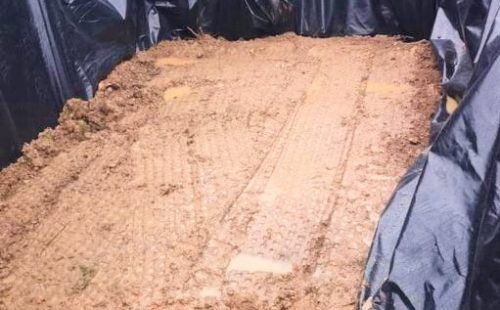
Root Barriers
Root barrier membranes can be used as a means to prevent the spread of Japanese Knotweed onto neighbouring land. The effectiveness of the membrane is determined by good installation, therefore, it is essential that a specialist contractor such as JBB Knotweed Solutions is involved to undertake the task. A failure to halt Japanese Knotweed from spreading onto neighbouring property could result in legal proceedings.
Book A Survey
We can tell you if you definitely have Japanese
Knotweed on your property and recommend the
best course of action.
We can tell you if you definitely have Japanese Knotweed on your property and recommend the best course of action.

